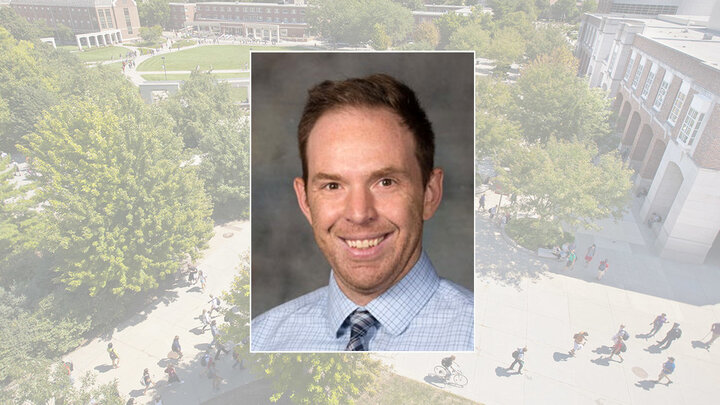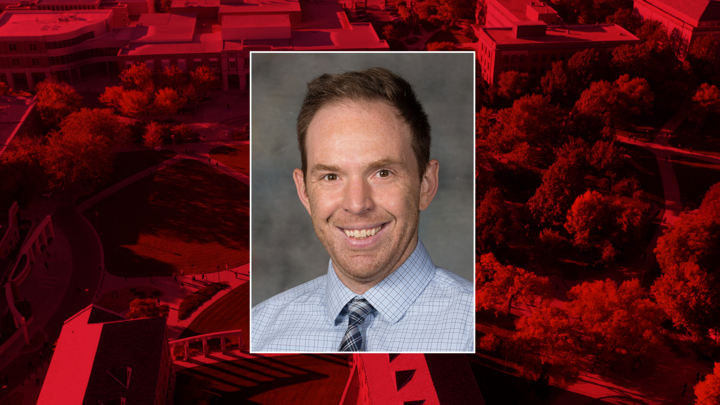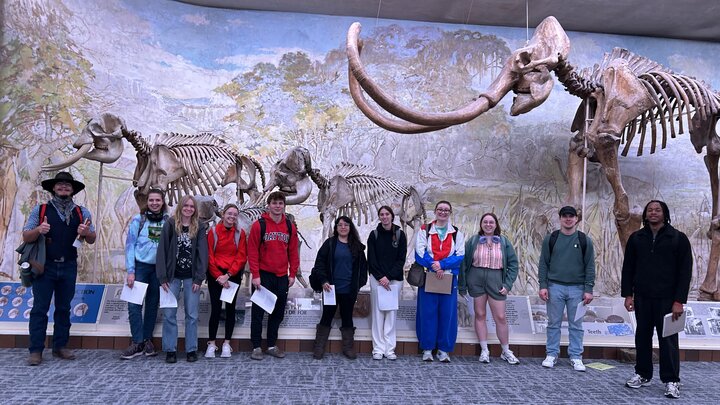Why did you choose this field?
The categories of religion and race have been the most consequential categories of unity and division in the political history of the United States. This has become even more true in our current age. Take just one narrow example: Political pollsters can guess with a high degree of accuracy how an American will vote depending on how that American self-identifies in terms of race and religion.
But race and religion are dynamic and ever changing. Take white evangelicals, the most studied and debated “religio-racial” category in America (religio-racial is a category coined by the great Judith Weisenfeld). In the mid-19th century white evangelicals led the most successful “progressive” reform movements in the nation, namely abolition of slavery, temperance, prison reform, and expanding access to education for women and minority communities. In 2016, white evangelicals backed Donald Trump—who campaigned on the promise to take America back to some bygone (and unnamed) age when people of color, women, and immigrants had less power and fewer rights—at a rate greater than 80 percent. So religion changes. But so does race. In the 19th century, many, if not perhaps a majority, of people who today self identify as “white” in America—descendants of immigrants from Ireland, Poland, Italy, and Germany (like the President’s own family (and my own)—would not have been considered white.
I think it’s essential for our country’s democratic health as well as our society’s ability to understand our commonalities and our differences to understand this history. So I find these complex often contradictory (and inter-sectional) histories vital and fascinating to teach and research.
What are your areas of specialization?
American religious history, religion and politics, critical race theory, history of the American West
What is your favorite course to teach?
My “Jesus: A Global History” (RELG 150) blows many students’ minds. The course—a global history and an introduction to the discipline of religious studies—takes as its starting point: Jesus of Nazareth. Jesus is arguably the most influential human in history. For the past two millennia, his teachings, life, death, and legacy have shaped the lives of billions of people around the globe.
But in the course we ask: who Jesus was, what Jesus did, and to whom does Jesus belong? The answers to these questions have been fiercely debated ever since the historical Jesus (yes, there was such a person!) was crucified in or around Jerusalem between 30 and 33 CE. And the answers are much more wide-ranging and perennial than most students could have ever imagined before the course.
In other words, every time, every nation, every culture—including many religious cultures beyond Christian traditions—has its own Jesus. And most often, each Jesus reflects more the values, fears, and aspirations of that time, nation, and culture than he does Jesus, the historical man. Students love exploring these varied histories. And I love how they bring their own experiences—personal, confessional, academic—into our classrooms which enliven our discussions and debates.
What are you currently researching?
My current and second book, Wakara’s America: A Native And American History of the West, is the first-full length biography of the famed Ute chief. In the first half of the nineteenth century, Wakara was known as the most merciless trader of Indian slaves and the greatest horse thief of the West. Wakara was also one of the West’s greatest colonizers. Wakara helped the Mormons—he was baptized into the faith in 1850—settle large parts of Utah and Arizona. Yet Wakara also became one of the West’s greatest Indian freedom fighters when he led an uprising against the Mormons after the settler colonialists’ sprawl threatened his band’s sacred fish stocks and hunting grounds. When Wakara died in 1855 of a communicable disease that the Mormons likely brought Wakara's burial reminded observers of the pharaohs’ burials of ancient Egypt. His favorite horses, wives, and Paiute children he enslaved were ritually killed and buried alongside the chief in his mountainside stone tomb.
Wakara’s outsized life and death, most students of western history don’t even know his name. In Wakara’s America, I argue that forgetting Wakara is not just a sin of omission. It’s a cover up. To fulfill the myth of Manifest Destiny—that the West was won by fearless cowboys, cavalries, and pioneers—Wakara had to be removed from the land and the history books.
Because written archives are often inaccurate foundations upon which to reconstruct the American Southwest that Wakara helped create, other archives—biological, archeological, oral, to name a few—must be explored. These archives also include the remains of Wakara, his wives, and enslaved Paiutes, which late nineteenth-century “ethnologists” stole from the chief’s tomb, which have have been recently rediscovered at the Smithsonian. Wakara’s America exposes this cover up by chronicling his unparalleled contribution to building the Southwest and his role in leading a resistance against the ecological and ethnic destruction of his people.
Telling Wakara’s story, and that of his sacred fish, horses, and lands, erases the line between Indian and American; colonized and colonizer; even human and non-human. In doing so, Wakara’s America recenters the history of the U.S. West on Native Americans’ contributions and experiences.
What professional organizations are you affiliated with?
American Academy of Religion, American Society of Church History, and Western History Association




